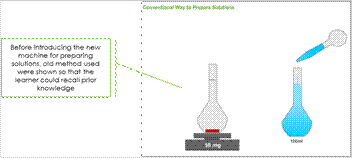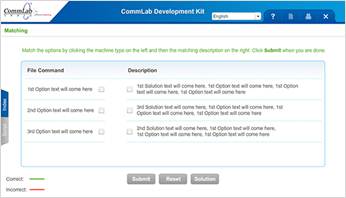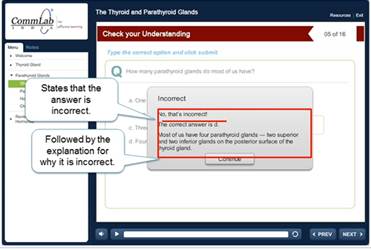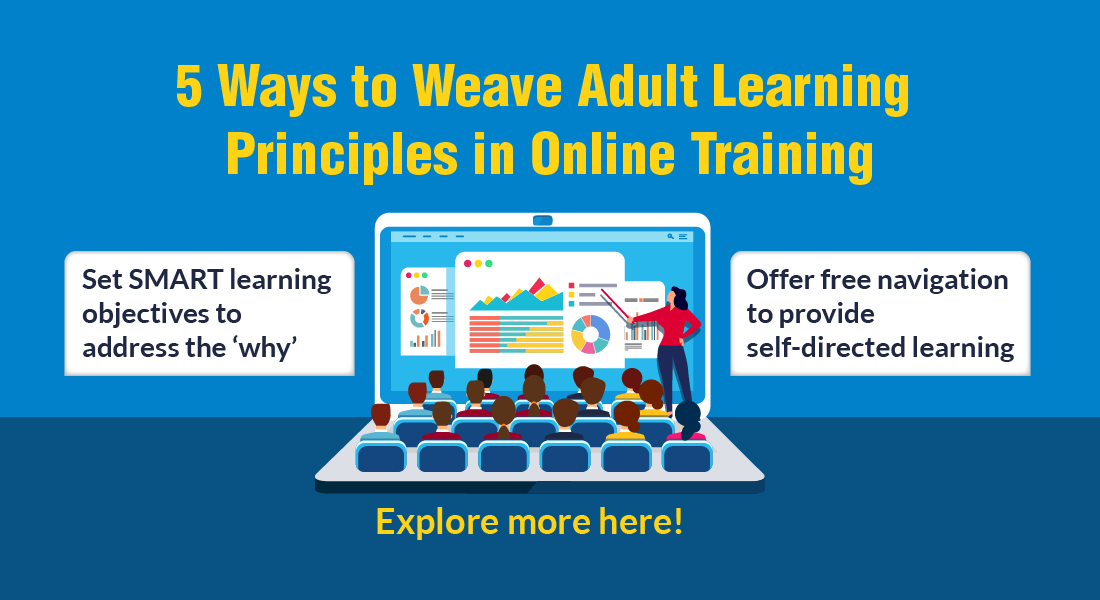6 Instructional Principles for Effective E-learning
There are many instructional principles and models that guide us in creating an effective learning process. Here are a few of these principles.

There are many instructional principles and models that guide us in creating an effective learning process. One such model is Gagne’s instructional principles. These principles keep learners glued to eLearning courses. Here are a few of these principles.
1. Gaining attention
Keeping learners engaged throughout the course is a major challenge to the instructional designer So, how do you overcome it? Instead of presenting the information directly, you can use some interesting instructional techniques such as telling a story, using a teaser (thought provoking questions).


2. Informing learners of the objective
Informing the objective gives learners a clear picture and helps them organize their thoughts. One common strategy for teaching involves:
- Telling the learners what you’re going to tell them (Introduction)
- Telling them (Main content)
- Telling them what you told them (Recap)

3. Stimulating recall
It’s advisable to activate the learner’s prior knowledge and build on the existing knowledge and skills. Here is an example where the old method of preparing solutions was shown before introducing a new method using a new machine. Through this strategy, learners can recall their prior knowledge.

4. Presenting information
The way you present information can make or mar your online course. Chunk the content in a simple and understandable manner. Use interactivities and on-screen agents to make the course interesting. Add questions in between the course to increase the level of interactivity.

5. Assessing performance
Once a learning point is completed, it is important to test what you have taught. Allow the learners to practice the new skill.

6. Providing Feedback
The immediate step afer assessing performance is to provide feedback to see if learners are on the right track. Feedback must explain why the answer is correct or incorrect. This helps, especially, if the learner was wrong or made a lucky guess.

To summarize, the above principles will help you design learner centric eLearning courses. Moreover, it will also enable you to reinforce your learners’ knowledge. What do you think?





